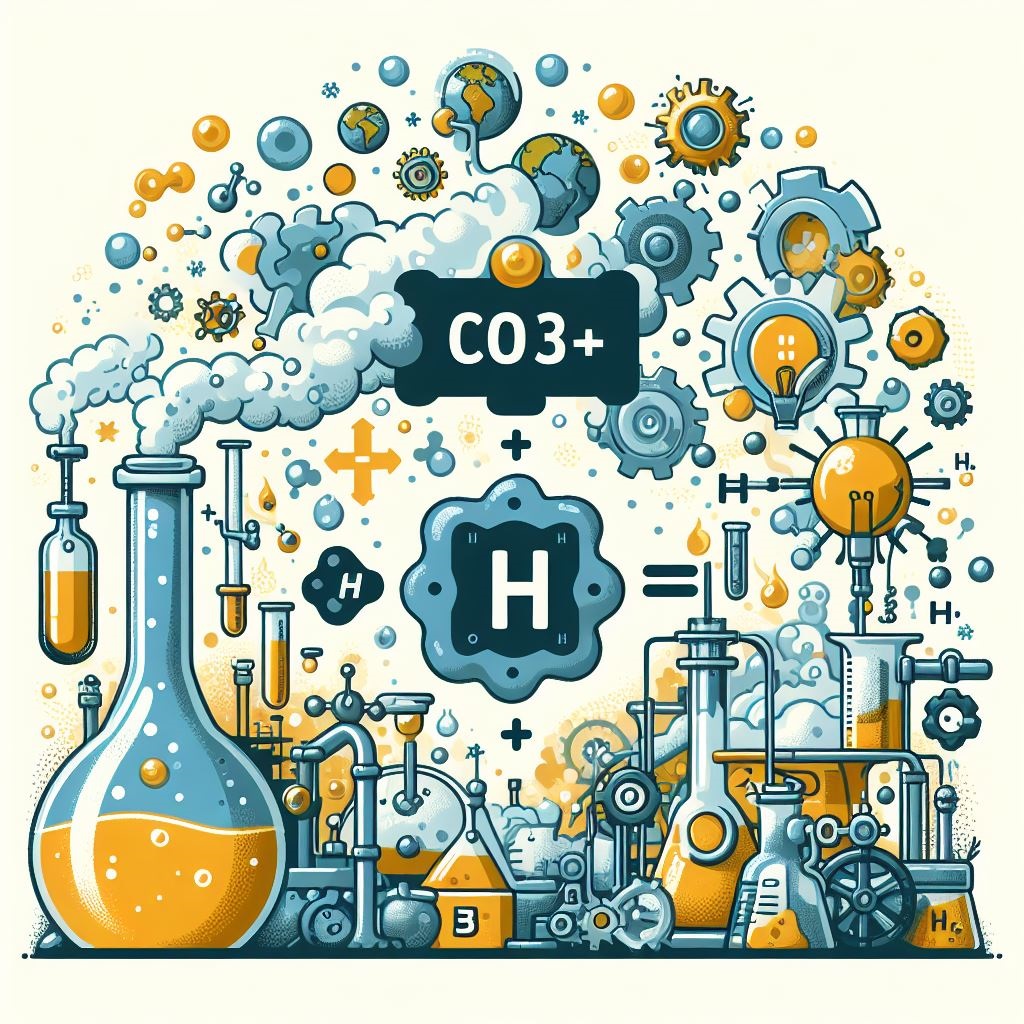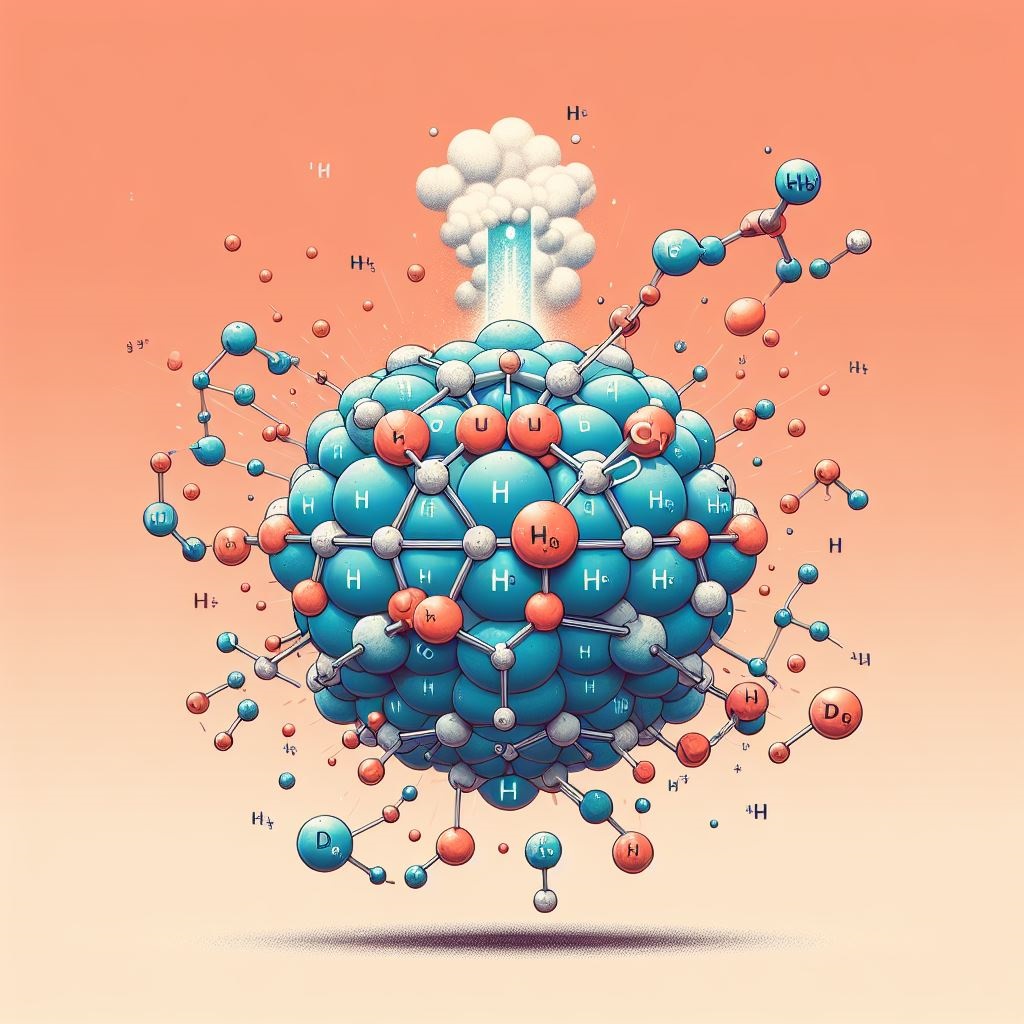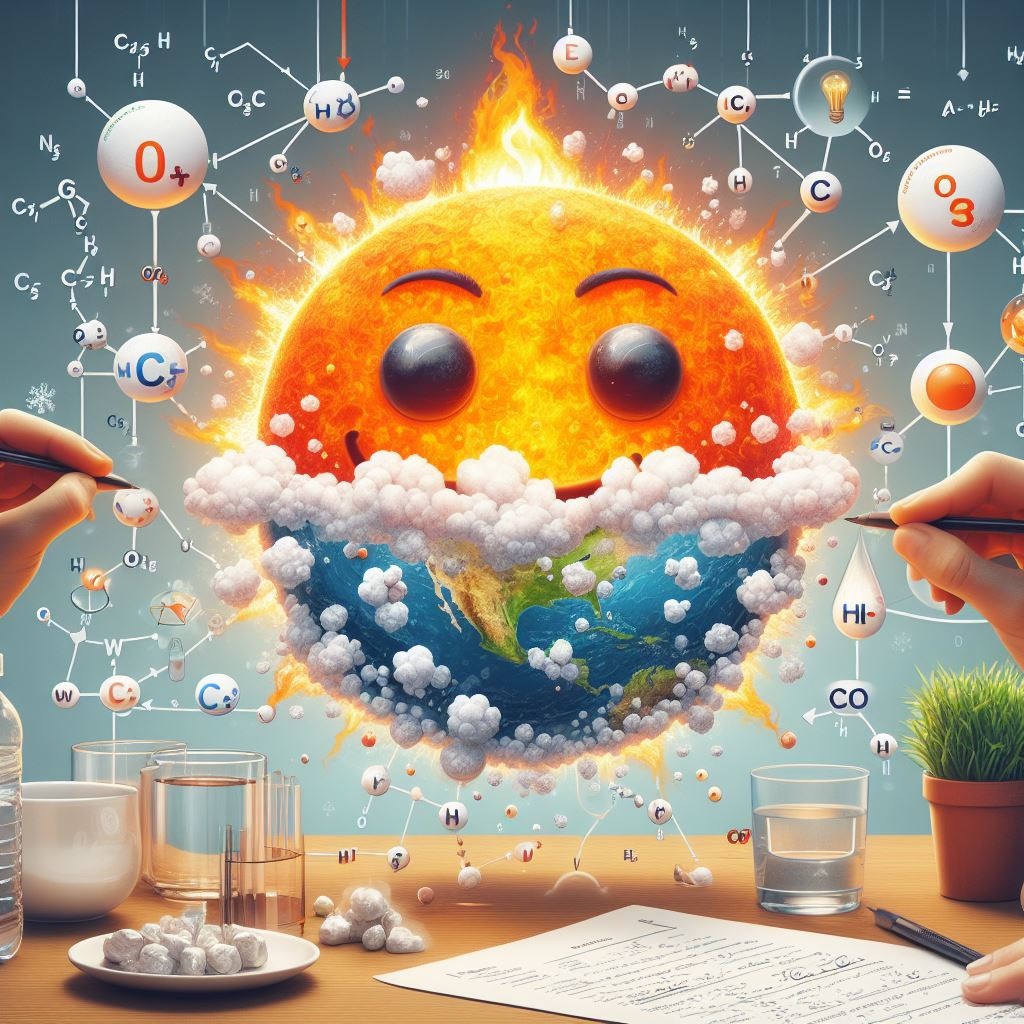Chemical reactions are an essential part of our daily lives, from the food we eat to the products we use. One such reaction is the combination of CO3 and H, which results in the formation of a new compound. In this article, we will explore the co3 + h chemical reaction, its properties, and its applications.
What is CO3?

CO3, also known as carbonate, is a polyatomic ion composed of one carbon atom and three oxygen atoms. It has a charge of -2 and is commonly found in minerals such as limestone, marble, and chalk. It is also present in the shells of marine organisms and plays a crucial role in the carbon cycle.
Properties of CO3
CO3 has a trigonal planar molecular geometry and is a nonpolar molecule. It is soluble in water and has a basic pH. When heated, it decomposes into carbon dioxide and oxygen gas.
What is H?

H, also known as hydrogen, is the lightest and most abundant element in the universe. It is a colorless, odorless, and highly flammable gas. It is present in water, organic compounds, and the Earth’s atmosphere.
Properties of H
H has a diatomic molecular structure and is a highly reactive element. It has a boiling point of -252.87°C and a melting point of -259.14°C. It is also the most abundant element in the sun and other stars.
The co3 + h Chemical Reaction

When CO3 and H are combined, they undergo a chemical reaction to form a new compound. The reaction can be represented by the following equation:
CO3 + H → HCO3
The resulting compound is known as bicarbonate or hydrogen carbonate. It is a weak acid and is commonly found in baking soda, antacids, and some natural mineral waters.
Understanding the Reaction
The co3 + h reaction is an example of an acid-base reaction. CO3 acts as a base, accepting a proton from H to form HCO3. This results in the formation of a new compound with a different chemical and physical properties than its reactants.
The reaction is also reversible, meaning that HCO3 can dissociate into CO3 and H under certain conditions. This is known as the dissociation constant and is an important factor in understanding the behavior of bicarbonate in different environments.
Applications of the co3 + h Reaction
The co3 + h reaction has several applications in various industries, including food, medicine, and environmental science.
Food Industry
Bicarbonate is commonly used in baking as a leavening agent. When heated, it releases carbon dioxide gas, causing dough to rise and giving baked goods a light and fluffy texture. It is also used in the production of soft drinks to create carbonation.
Medicine
Bicarbonate is used in antacids to neutralize stomach acid and relieve heartburn and indigestion. It is also used in some medications to treat conditions such as acidosis and kidney stones.
Environmental Science
The co3 + h reaction plays a crucial role in the carbon cycle, which is the process by which carbon is exchanged between the Earth’s atmosphere, oceans, and living organisms. Bicarbonate is also present in natural mineral waters and is believed to have health benefits.
Factors Affecting the co3 + h Reaction
Several factors can affect the co3 + h reaction, including temperature, concentration, and the presence of catalysts.
Temperature
The rate of the co3 reaction increases with an increase in temperature. This is because higher temperatures provide more energy for the reactant molecules to collide and react.
Concentration
The concentration of CO3 and H also affects the rate of the reaction. A higher concentration of reactants leads to a faster reaction rate, as there are more molecules available to react.
Catalysts
Catalysts are substances that can speed up a chemical reaction without being consumed in the process. In the co3 reaction, enzymes act as catalysts, increasing the rate of the reaction without being used up.
Conclusion
The co3 + h chemical reaction is an important process that results in the formation of bicarbonate, a compound with various applications in different industries. Understanding this reaction and its properties can help us better understand the world around us and how different substances interact with each other.
You may like reading about the following: Satasat News


